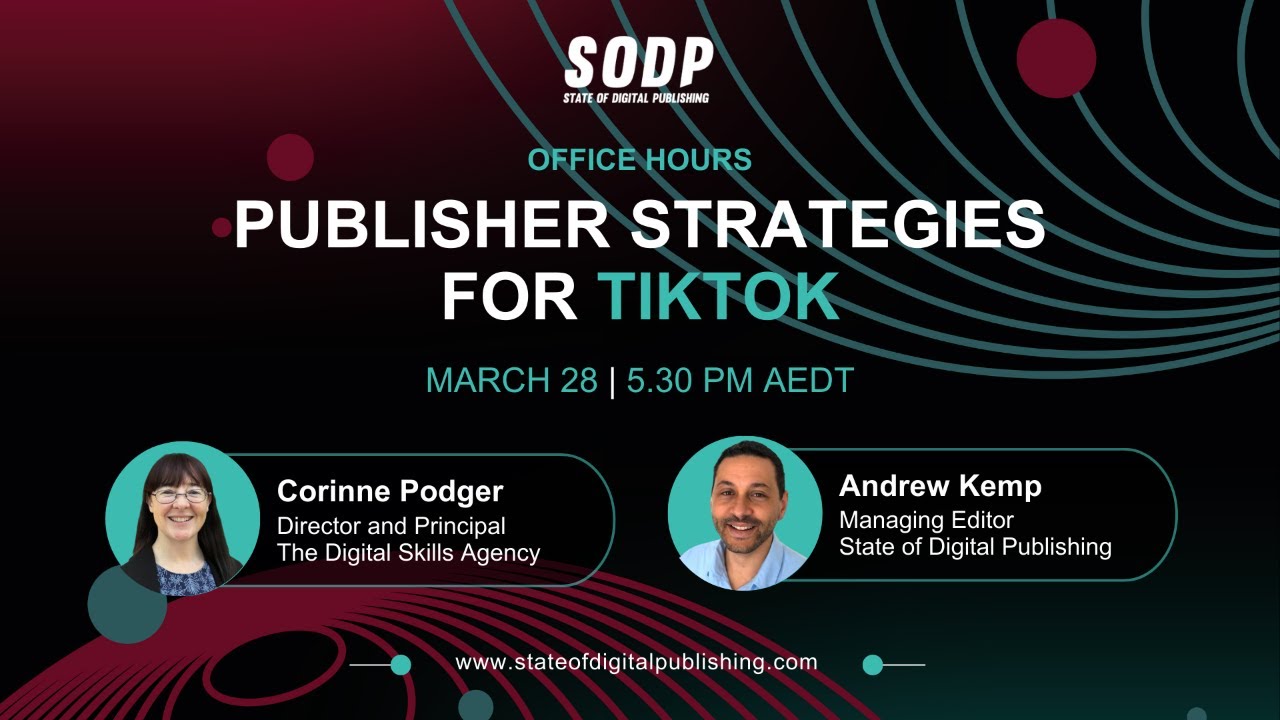When publishers get site visitors’ email addresses, they get a direct line of communication to reach and engage their audience indefinitely. That’s why growing an email audience is critical for building the direct relationships necessary to combat diminished platform reach and declining ad revenue.
To effectively grow direct audiences, publishers must implement email capture strategies that maximize conversions while also maintaining compliance with the General Data Protection Regulation (GDPR) and Google standards.
Get the Audience’s Attention
Most site visitors don’t go hunting for newsletter signup forms; to get their email address, you’ll have to get their attention first. Static email signup links in your header and footer may convert some visitors, but you will significantly increase conversions using more active tactics.
Instead of relying solely on passive email capture forms that sit on the page, use capture widgets that grab audience attention with movement. This could be a small box that slides out onto the screen or a “sticky” footer that remains in view as a user scrolls. When used strategically, these widgets can grow your email list without harming the user experience.
To ensure visitors follow through to conversion, use as few form fields as possible—ideally, just the email address. If collecting more data is necessary, use progressive form tactics: collect and store the email address first, then ask your audience to input additional information.
You can also maximize performance by tailoring deployment of your capture tactics to the traffic source. For instance, you might try using more aggressive tactics with visitors from social media, who rarely get beyond a page depth of 1 and so will likely bounce anyway.
Still, it’s best not to be too aggressive. For example, deploying a lightbox before the audience has a chance to sample your content but won’t win over subscribers. In general, try to avoid getting in the way of why the reader is on your site: to consume your content. Not only can overzealous capture tactics impact conversion and cause bounces, they may lead to Google-imposed penalties.
Build Capture Widgets that Avoid SEO and Ad Blocking Problems
In January 2017, Google began de-ranking sites with intrusive mobile interstitials. While the penalty only applies in mobile search results on the first page view, it can cut into your traffic in an increasingly mobile web. Also of note are the guidelines enforced by Google Chrome’s new built-in ad blocker. With a 60% browser market share, publishers can’t afford to fall short of Google’s standards.
While email capture forms don’t specifically count as “ads” in Google guidelines, it’s best to adhere to Google’s guidelines anyway, as they provide a good standard for maintaining the user experience:
- Don’t use lightbox takeover widgets (aka interstitials) for mobile email capture.
- If you use a slider for mobile capture, make sure it takes up no more than 30% of the screen.
Because Google only penalizes mobile sites for poor user experience on the first page view, you could technically apply more aggressive capture on subsequent page views, but it’s best to maintain a good user experience throughout the visitor’s session. When the purpose of email capture is to establish a lasting relationship with fly-by site visitors, a poor user experience doesn’t make for a good start to the relationship.
Deploying GDPR-Compliant Email Capture
The new General Data Protection Regulation (GDPR) effective May 2018 places several requirements on how you collect and use data for EU citizens. Among other restrictions, you must inform potential subscribers of your intent to send them an email and collect explicit consent to do so. Use a checkbox, but don’t pre-check it, and record this explicit consent as a timestamp in your database. Along with the explicit opt-in, you must link to a privacy policy that clearly states how data is used, and explains how subscribers can access and opt-out of your use of that data.
If you have a small European audience and your technology allows for geo-location, simply turn off email capture in Europe and avoid GDPR compliance issues entirely. If you want to build towards GDPR compliance but are worried about it impacting email form conversion rate (it does), then you can use geo-location to show the GDPR compliant email capture forms to only European site visitors, whereas your US audience gets a more streamlined capture experience.









